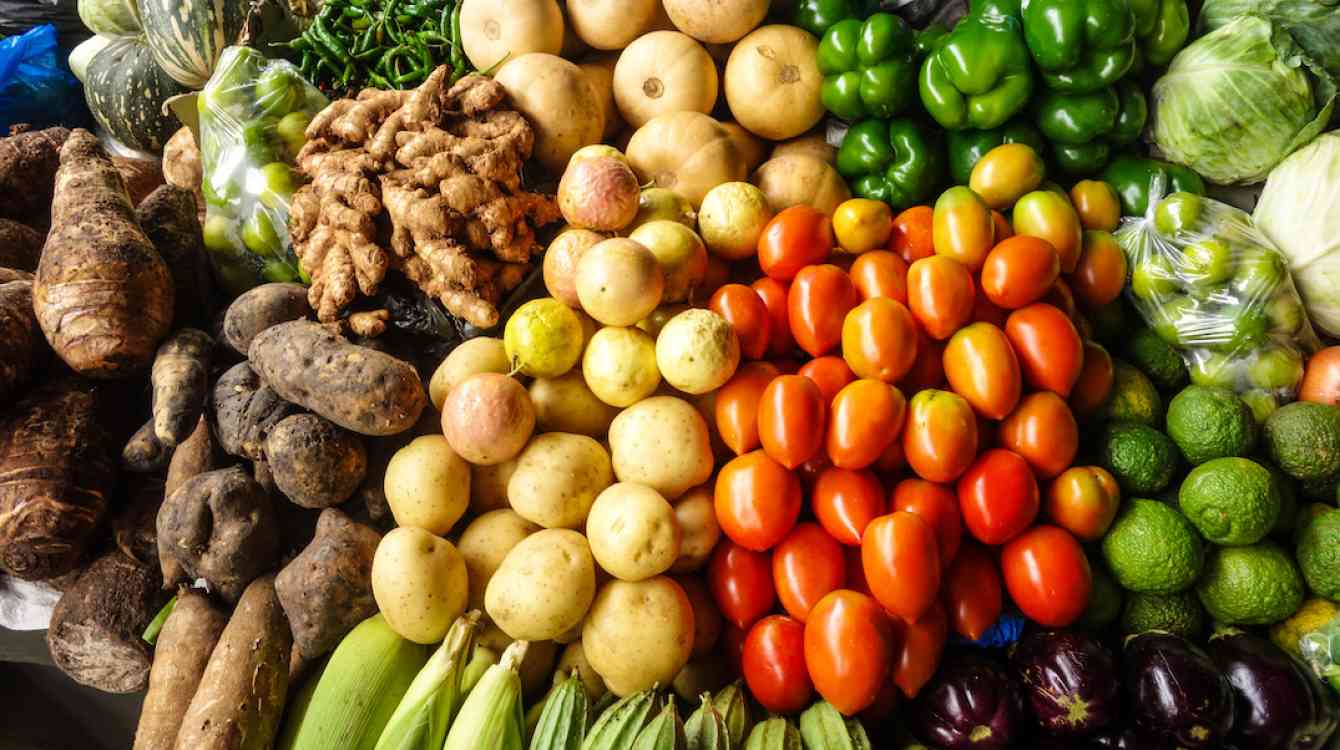
THE seasonal rain-fed nature of African food production systems has seen some communities struggling to handle abundant food in certain periods.
For instance, during rainy seasons, diverse fruits such as mango, guava and several indigenous fruits tend to be more abundant for local people to consume, with collective capacity to preserve that food missing.
A few months down the road, the same communities will be requesting food aid or remittances from relatives in cities or the diaspora.
This problem has persisted since colonial times due to lack of willingness to provide appropriate knowledge and technologies for preserving local food towards reducing food imports.
The value of fluid data collection
Investment in data collection can go a long way in preserving food and avoiding food imports.
Unfortunately, an institution that captures production data for sharing with the market is long overdue in most agriculture-driven African economies.
When in season, most fruits from farming areas find their way to cities, but there is no institution responsible for capturing data to reveal the quantities of fruits coming from a particular community, how much is consumed locally and how much is consumed in cities.
- Brilliance of Hope: Echoing voices from Diaspora
- Amplified Silence earns Masapa global accolade
- No Roki, Koffie Chidzoka remix
- Brilliance of Hope: Echoing voices from Diaspora
Keep Reading
Capturing market supplies helps policymakers to see surplus volumes from diverse production areas and return on investment (ROI) in particular value chains through sales in the market.
Data on production and harvests will also reveal surplus commodities intended for diverse markets. Such a fluid system will complement periodic national crop and livestock assessments whose data collection often ends at harvest with very minimal data on winter horticultural production and what will be happening in mass food markets.
Given that most food production is rain-fed, as soon as the majority of farmers harvest field crops, they often get into horticulture but data on such horticultural production is not captured due to absence of a data capturing institutional arrangement and system.
Horticulture uses land, water and other inputs similar to field crops but the ROI is not known as well as how much horticulture supports and complements field crops.
To the extent that the bulk of field crops is for household consumption in most communities, horticulture finances field crops as well as basic household needs like education, health including agricultural and non-agricultural food baskets.
Unless data is captured holistically, it remains difficult to see how field crops, livestock and horticulture support community livelihoods and national economic development.
Avenues for reducing losses and unco-ordinated production
By guiding decisions on what to produce, when for whom and in what quantities, capturing and sharing production and market-related information will go a long way in reducing losses.
That will also reduce unco-ordinated production which often leads to mismatches between production and market demand levels. In worst cases, these mismatches lead to gluts that suppress prices and end up reducing the ROI in agriculture.
Data capturing and sharing will also assist in valuing the contribution of agriculture to the gross domestic product (GDP) which is about agriculture’s contribution in dollars and cents not quantities of commodities.
Critical questions that can only be answered through data include: How much do butternuts, carrots, tomatoes, water melons and many other horticultural commodities contribute to GDP?
Data can inform a holistic perspective on the entire food system including household nutrition.
Aggregated data will also show how mass food markets meet the requirements of urban populations and rural communities that have less capacity to produce their own food due to climate change and other challenges.
More importantly, a data gathering system will assist in tracking inflation trends. Currently, most African countries have a narrow definition of inflation and its influences. Some of the inflation is imported through importation of agricultural inputs and food.
Therefore, it is critical to know the contribution of agriculture and food systems to managing inflation. Changes in financial systems often cause mass food markets to adopt some measures like barter trade and movement of commodities on credit as part of mitigating shocks.
Policymakers can only make sense of these trends if there is a system of capturing data on informal supply chains that are currently unrecorded.
Towards commodity aggregation and community investment models
A culture of aggregating seasonal communities is lacking in most African countries yet that would prevent them from importing food.
The fact that most smallholder farmers produce small quantities of surplus commodities that are costly for an individual farmer to transport to distant markets is a key reason why aggregation centres should be set up in farming villages.
In addition to preserving food, aggregation centres can inspire value addition enterprises by showing quantities of fruits, small grains or indigenous chickens that can warrant setting up of a food processing factory.
This can also inspire community investment models that are currently missing due to absence of aggregation and data on how much is produced in surplus by a particular community.
All this is possible through an appropriate institution that handles trading of agricultural commodities at community level.
Such an institution reduces cases where commodities move from rural areas straight to the city with no other layer at district or provincial level where commodities can be sorted and graded.
In most cases, the market is taking commodities from homesteads and roadsides but there is no institution keeping records and rationalising commodities.
Without systems for knowing what is coming in and going out of districts, communities will be surprised by food shortages.
No wonder the African agricultural SMEs sector is not growing at local level because all the commodities are being taken out and processed in cities instead of value addition and processing happening at community level.
Tracking economic dynamics and trends
The importance of tracking economic dynamics and trends at grassroots level cannot be over-emphasised.
In most African countries, critical government departments like industry and commerce are located in cities instead of being at grassroots to assess economic development models on the ground daily.
On the other hand, ministries on the ground lack capacity to develop and model local economic models.
Remittances are only mentioned in national budgets and not contextualised in local communities.
Most farmers are left own their own to individually look for and supply the markets.
Middlemen take advantage of this chaotic situation in production areas although this can be avoided if local key stakeholders are capacitated to build support systems and as business models for value chains that are key economic drivers in their respective communities.
- Charles Dhewa is a proactive knowledge broker and management specialist










